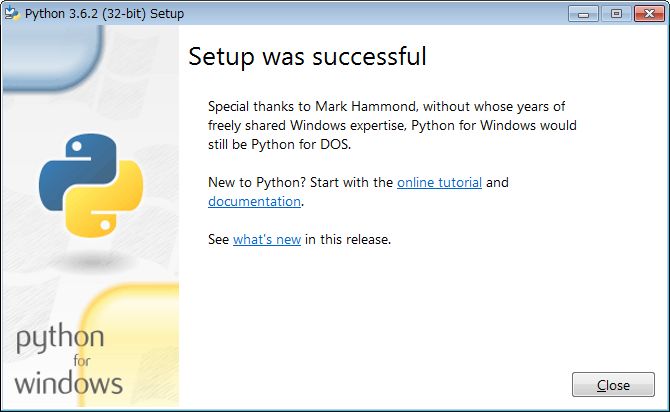
In the Edit System Variable (or New System Variable) window, specify the value of the PATH environment variable. If the PATH environment variable does not exist, click New.ĭ. In the section System Variables find the PATH environment variable and select it. Click the Advanced system settings link.Ĭ. In Search, search for and then select: System (Control Panel)ī. Note: Please change by your real user name A.

In the above example, please append "C:\Users\\AppData\Local\Packages\PythonSoftwareFoundation.Python.3.9_qbz5n2kfra8p0\LocalCache\local-packages\Python39\Scripts" to PATH.

Append path of the script virtualenv.exe is installed. WARNING: The script virtualenv.exe is installed in 'C:\Users\\AppData\Local\Packages\PythonSoftwareFoundation.Python.3.9_qbz5n2kfra8p0\LocalCache\local-packages\Python39\Scripts' which is not on PATH.Ĭonsider adding this directory to PATH or, if you prefer to suppress this warning, use -no-warn-script-location. Installing collected packages: six, filelock, distlib, appdirs, virtualenv PS C:\Users\> pip install virtualenvĭownloading virtualenv-20.4.7-py2.p圓-none-any.whl (7.2 MB) Install virtualenv: pip install virtualenv # Open a PowerShell by normal user

How to install python3 and pip on Windows 10? Procedures: 1. Please refer the follow link to install the python and pip if you never do it in your Windows 10. The TA should have the basic knowledge of python, pip, VirtualEnv and Windows command line under PowerShell. This is optional if you don't care about the above benefit. Target Audience:įor those whom want to create a virtual running environment of python without break system tools or other projects. In this article, you will learn how to install VirtualEnv & Activate of python3 on Windows 10.

Using virtualenv allows you to avoid installing Python packages globally which could break system tools or other projects. Virtualenv is used to manage Python packages for different projects.


 0 kommentar(er)
0 kommentar(er)
